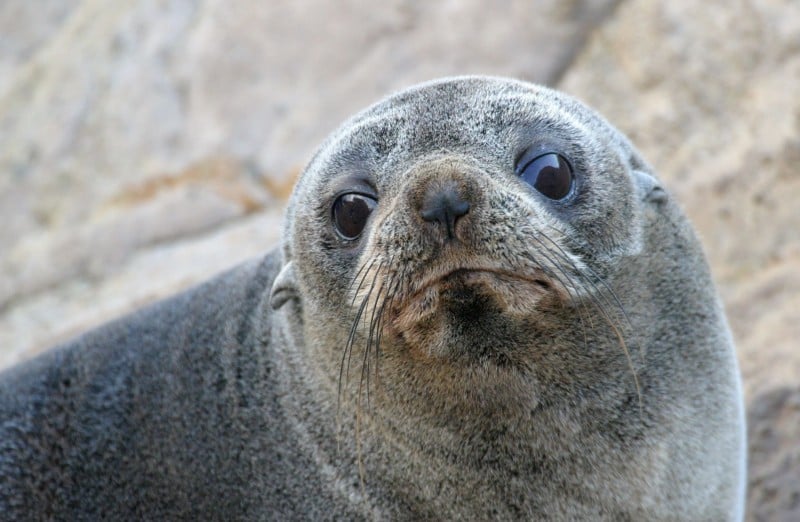From whale teeth to sponge skeletons, from seal whiskers to seashells, marine organisms have been quietly recording Earth’s environmental history in their bodies. Now, an international research team led by the University of South Australia has revealed how these “natural data loggers” could transform our understanding of ocean environments, particularly in remote regions where traditional monitoring is challenging or impossible.
Published in Limnology and Oceanography Letters | Estimated reading time: 7 minutes
Across the world’s oceans, countless organisms are writing their own environmental diaries. As lead scientist Dr. Zoe Doubleday from UniSA’s Future Industries Institute explains: “Many aquatic organisms – like whales, seals, octopus and even algae – harbour chemical fingerprints that can give us a record of the environment over time, from historical water temperatures, pollution levels, and ecosystem health. They can also be used to predict the future.”
This groundbreaking research synthesizes hundreds of studies examining how marine life records environmental information within their hard tissues. These natural historians range from the peculiar to the profound – sponges that have documented centuries of ocean chemistry, seal teeth that reveal changing Arctic food webs, and coral-like red algae that track decades of sea ice changes.
The significance of these living record-keepers becomes clear when considering the challenges of ocean monitoring. Traditional environmental sampling methods can be prohibitively expensive or logistically impossible, especially in remote polar seas or deep ocean environments. But nature has provided an elegant solution: the organisms themselves carry detailed records of their surroundings within their bodies.
What makes this approach particularly valuable is its cost-effectiveness. Unlike traditional environmental monitoring, which Dr. Doubleday notes “can be costly and time consuming, or simply impossible,” these organisms provide what she describes as “cheap, ready-made, archival data, which can be extracted using a scientific method called chemical sclerochronology.”
The research team’s analysis spans an extraordinary range of marine life, from tiny barnacles to massive whales, and everything in between. Each species offers unique insights into different aspects of ocean health and history. For example, while corals have long been known as valuable environmental recorders in tropical waters, the team found that cold-water organisms like coralline algae can provide crucial data about polar regions that are especially vulnerable to climate change.
“These findings are crucial,” Dr. Doubleday emphasizes, “as data on aquatic environments is both scarce and challenging to gather, especially in remote regions like the polar seas or deep oceans, both of which are sensitive to climate change. Expanding our focus beyond traditional methods and species will allow scientists to tap into a wealth of data that’s been largely overlooked until now.”
This research could revolutionize how we monitor and understand marine ecosystems. By analyzing chemical signatures in marine organisms’ hard tissues, scientists can track environmental changes, species ecology, pollution levels, and human impacts. This information is vital for developing effective conservation strategies and managing ecosystems more sustainably.
The study represents a collaborative effort between researchers from multiple countries, including Canada, Croatia, and the UK. Their comprehensive database reveals both the potential and current gaps in our understanding, highlighting opportunities to expand this natural monitoring system to even more species and environments.
Key Terms
- Chemical Sclerochronology
- A scientific method that studies chemical variations in the hard parts of organisms (like shells or bones) to understand environmental changes over time.
- Natural Data Loggers
- Living organisms that record environmental conditions in their body tissues as they grow, providing historical records of their surroundings.
- Chemical Fingerprints
- Distinct patterns of chemical elements and isotopes found in animal tissues that reflect environmental conditions during the organism’s life.
Test Your Knowledge
What makes organisms potentially better environmental monitors than traditional methods in some cases?
Unlike traditional monitoring which can be costly and time-consuming or impossible in some locations, organisms provide ready-made, archival data that can be extracted through chemical analysis.
What kind of information can be obtained from analyzing marine organisms’ chemical fingerprints?
According to the research, chemical fingerprints can reveal historical water temperatures, pollution levels, ecosystem health, and can help predict future environmental conditions.
Why is this research particularly important for polar regions and deep oceans?
These regions are especially sensitive to climate change but are among the most challenging and expensive to monitor using traditional methods. Natural data loggers provide a way to gather data from these otherwise difficult-to-study environments.
How might the chemical analysis of multiple species in the same region enhance our understanding of marine ecosystems?
Analyzing different species can provide complementary data about various aspects of environmental change, offering a more complete picture of ecosystem health and allowing scientists to track changes at multiple levels of the food web.
Enjoy this story? Subscribe to our newsletter at scienceblog.substack.com.


